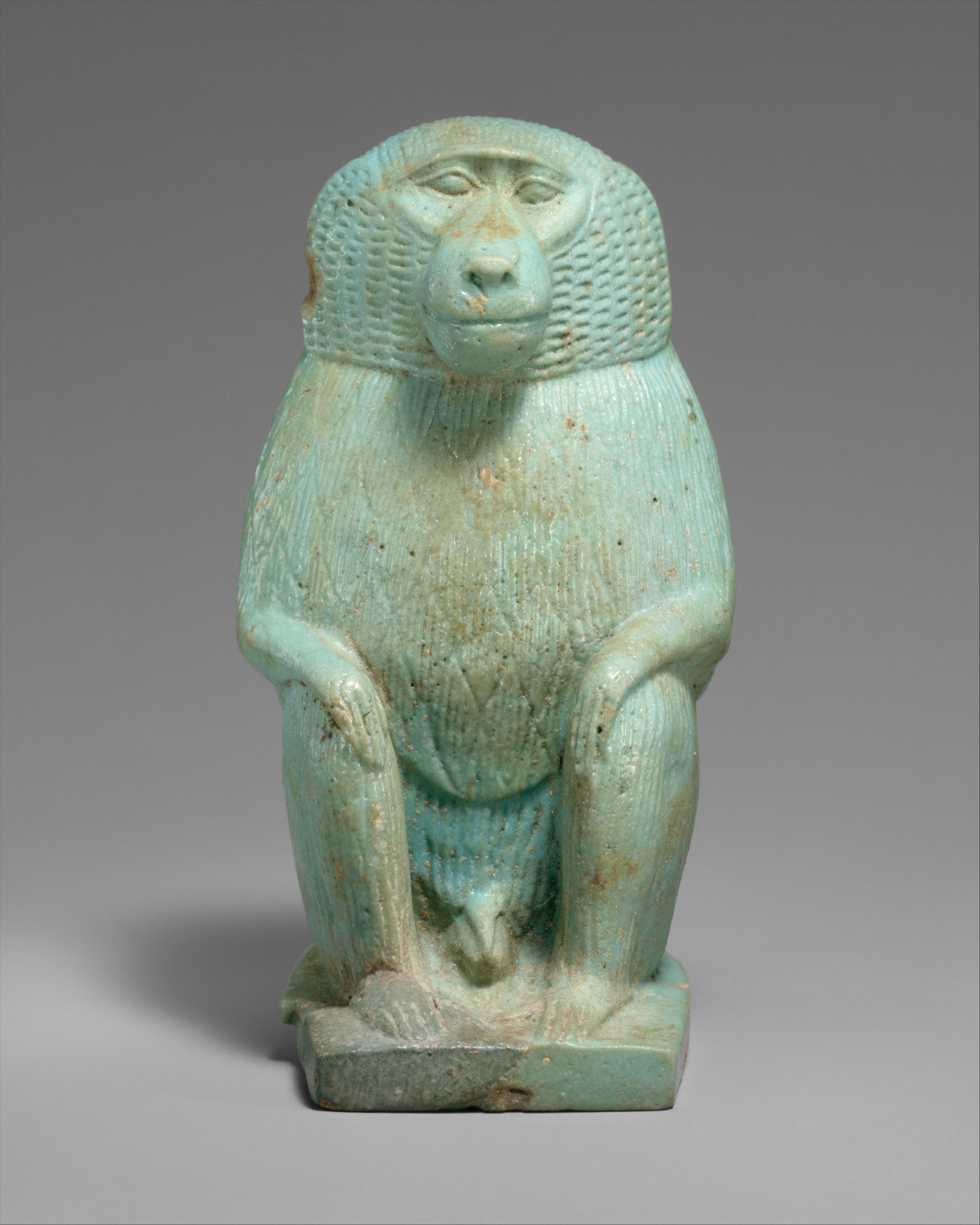Well, we don't have any reproductions of the baboons there, but if you're looking for artsy paper calendars for 2020, we have something for you—DailyArt calendars! Check them out here! : )
Thoth, the god of wisdom, writing, hieroglyphs, science, magic, art, judgment, the dead, and everything intellectual, was associated with two animals: the ibis and the baboon. His images either show him represented by these animals or they combine a human body with an ibis head. Here the god appears as a baboon. His feminine counterpart was Seshat, and his wife was Ma'at.
Thoth played many vital and prominent roles in Egyptian mythology, such as maintaining the universe, and being one of the two deities (the other being Ma'at) who stood on either side of Ra's solar barge. In the later history of ancient Egypt, Thoth became heavily associated with the arbitration of godly disputes, the arts of magic, the system of writing, the development of science, and the judgment of the dead.
See you tomorrow. :D
P.S. We love blue faience figurines from ancient Egypt! The most popular are hippopotamuses. Read here where you can see them. <3


 Unknown Artist
Unknown Artist